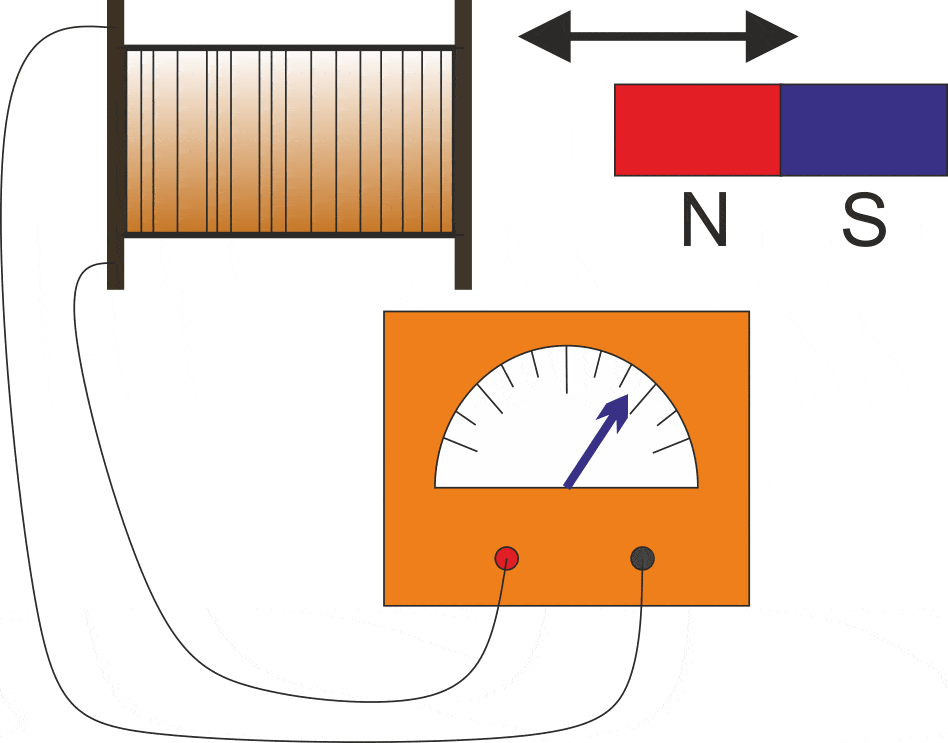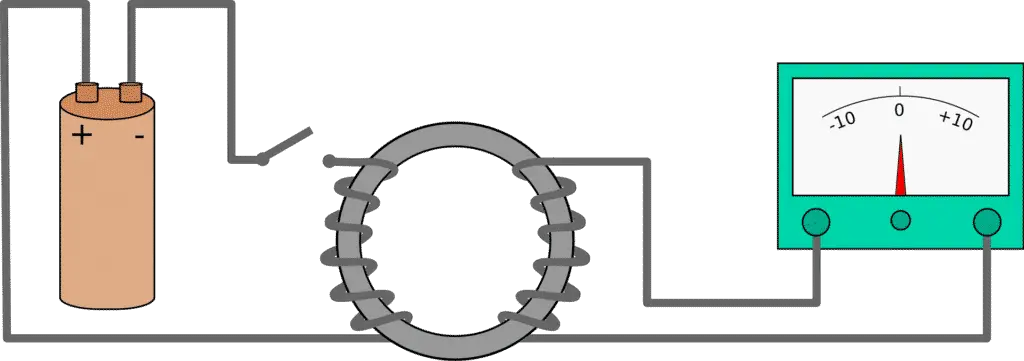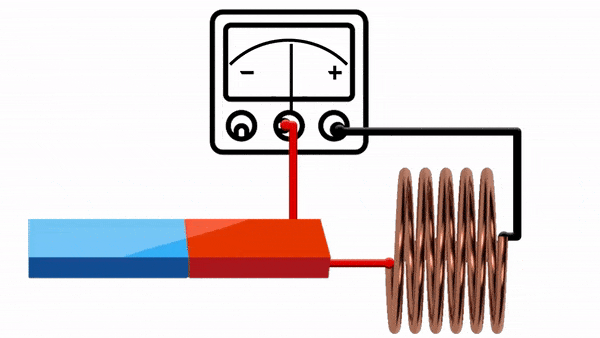Michael Faraday discovered the phenomenon of electromagnetic induction in 1831 which was a major breakthrough and led to the invention of electric motor and generator. Faraday’s law of electromagnetic induction describes two phenomena: interaction between a conductor and a magnetic field, and the EMF generated by the magnetic field, which is widely known as Faraday’s First law and Faraday’s second law respectively.
Faraday’s laws:
Following the discovery of Oersted which revealed that a current-carrying conductor creates a magnetic field, Faraday hypothesized that a magnetic field should also produce an electric current. He conducted several experiments in his laboratory in London for over 10 years. These experiments finally led to the discovery of Electromagnetic Induction.
Faraday’s first law of induction
Faraday’s first law of induction states that “an electromotive force will be induced in a wire placed in a varying magnetic field”. This phenomenon is known as electromagnetic induction.
A static magnetic field will not cause induction. There should be a relative motion between the magnetic field and the wire. For example, either the magnet or the wire is being moved or the magnetic field itself should be changing or varying. If there is a changing magnetic field it will exert a force on the charged particles in the wire to move. This force is known as the electromotive force.

Faraday’s second law of induction
Faraday’s second law of induction states that “the magnitude of the induced EMF is proportional to the rate of change of the magnetic field in which the wire is placed”.
Equation for Faraday’s Law
The emf induced in a coil due to the change in the magnetic field is given by the second law of electromagnetic induction which forms a relationship between the magnetic field and induced emf. The magnitude of the induced emf can be formulated as follows:
Where, e is the magnitude of the induced emf, ϕ is the amount of magnetic flux linking the coil and N is the number of turns of the coil. The negative sign indicates that the induced current will flow in a direction so as to oppose the change in magnetic field.
Read more about the direction of induced current in Lenz’s law.
Faraday’s law equation indicates that the emf induced in the coil can be increased by doing the following:
- Increasing the number of turns of coil.
- Increasing the speed of relative motion between the coil and the magnetic field. Faster the change in the magnetic field higher will be the indued emf.
- Increasing the strength of magnetic field. Higher the amount of flux linking the coil, higher will be the induced emf.
Applications of Faraday’s law
Electromagnetic induction forms the basis for electric transformers, motors and generators.
- In a transformer, electric energy is transferred from the primary to the secondary coil by electromagnetic induction.
- In electric motors and generators, power is transferred from their rotor to their stator and vice-versa by electromagnetic induction.
- Induction cookers use the principle of electromagnetic induction.
Michael Faraday (22 September 1791 – 25 August 1867)

Micheal Faraday was an English physicist and chemist. He discovered the phenomenon of electromagnetic induction in 1831. Apart from that, he is the man who coined the words anode, cathode and electrolysis. Apart from this, he has also invented benzene.
He was granted an honorary Doctor of Civil Law degree by the University of Oxford which he turned down for some reasons. The unit of capacitance farad is named in his honour.
Experiments performed by Faraday

Faraday performed several experiments to prove his hypothesis. The first one of them was the demonstration of electromagnetic induction. He wound two coils in an iron ring. A battery and a switch were connected to one of the coils and a galvanometer was connected to the other. He found that the galvanometer deflected when he closed the switch and it deflected to the other direction when he opened the switch.
A few weeks later he conducted another experiment in which he moved a permanent magnet towards a coil connected to a galvanometer. He found that the galvanometer deflected towards one direction when the magnet was moved towards the coil and it deflected towards the other direction when the magnet was moved away. These two experiments led to the discovery of Faraday’s law of electromagnetic induction.

Explains electromagnetics in an easy way to understand